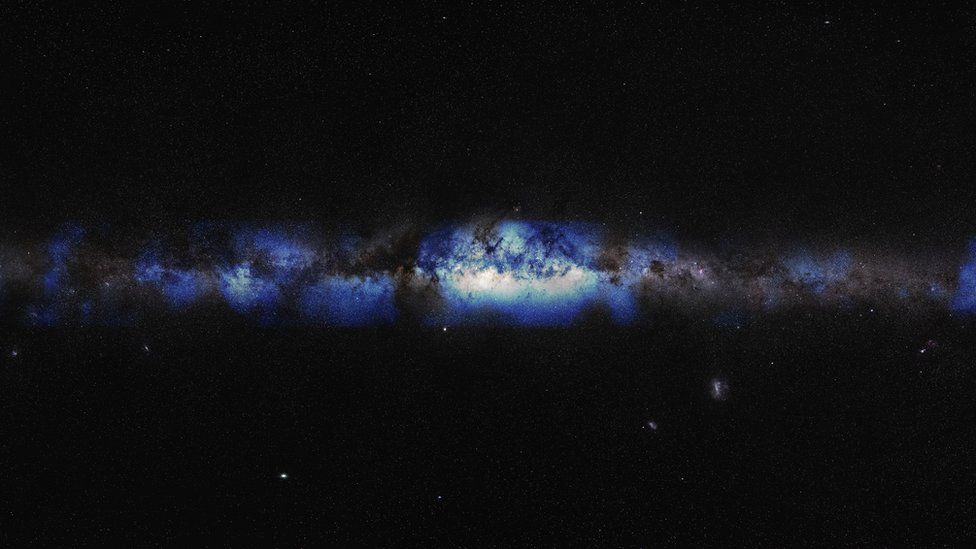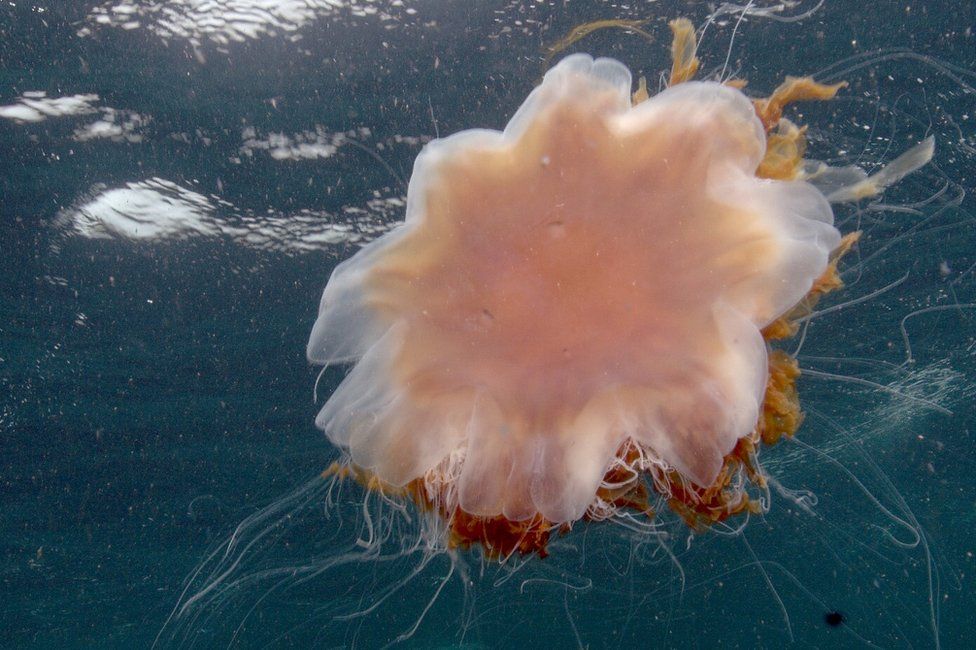Unseen images of our Galaxy were produced by an astronomical detector buried in Antarctic ice.
The Milky Way is depicted in the hazy, extraordinary image, which is made up of "ghostly" particles that are released during star-powering reactions.
They are neutrinos, which are very challenging to find on Earth.
Scientists used a sizable chunk of Antarctic ice as a detector to find them.
For the first time, particles rather than photons [of light] are being used to observe our galaxy, according to Prof. Subir Sarkar of the University of Oxford, who spoke with BBC News. This gives a view of the "high energy processes that shape our Galaxy," he said.
You can think of neutrinos as astronomical messengers pointing to those essential processes. They are produced when cosmic rays, which are moving at close to the speed of light, collide with other materials.
In essence, capturing those collisions entails capturing neutrinos. And that is difficult.
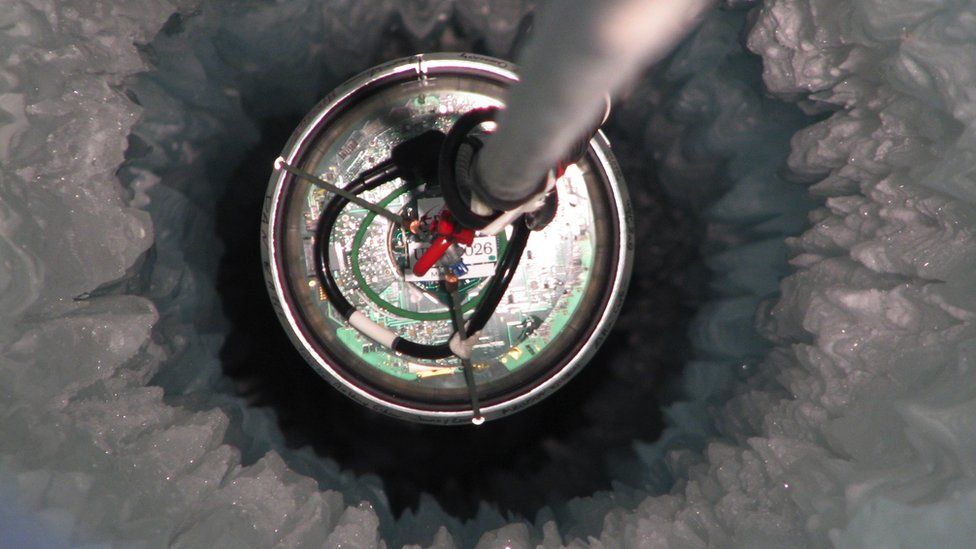
Prof. Sarkar said, "The neutrino is a ghostly particle; it's basically almost without mass. They might pass through the Galaxy without interacting with anything because they are essentially moving at the speed of light. Because of this, a powerful detector is required to see them. ".
IceCube is the name of the detector that engineers and scientists created. It is made up of tens of thousands of sensors on lengthy cables that have been frozen into a 1 km3 block of ice through drilling. The entire array is hidden not far from the South Pole.
Every interaction a neutrino has with one of the many billions of ice molecules is recorded.
Basically, we can reconstruct the direction [that neutrino came from] by knowing which sensor is triggered and when. " .
The discovery, which was reported in the journal Science, is a brand-new window into our galaxy, according to the researchers.
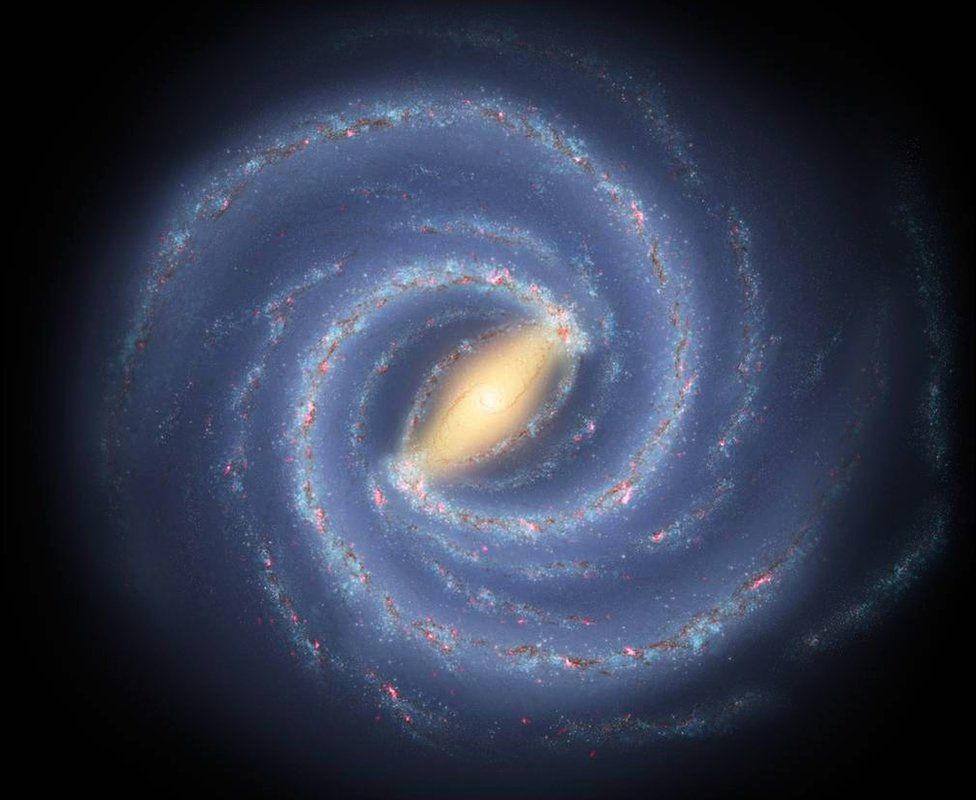
Since the discovery by astronomer Edwin Hubble that the Milky Way was merely one of millions of galaxies and that it was our location in a vast Universe, a century has passed.
Humans have been studying it for millennia, according to Prof. Naoko Kurahashi Neilson of Drexel University in Philadelphia and another member of the IceCube team. Since the beginning of time, electromagnetic radiation has been the source of this phenomenon. We have observed it in a variety of light wavelengths, including radio waves and gamma rays. in all light or photon wavelengths. " .
According to her statement to BBC News, "This is the first'map' of our Galaxy in something [other than light], and it's in high-energy neutrinos.". We will be able to better comprehend the physical processes taking place in the Milky Way as a result. ".
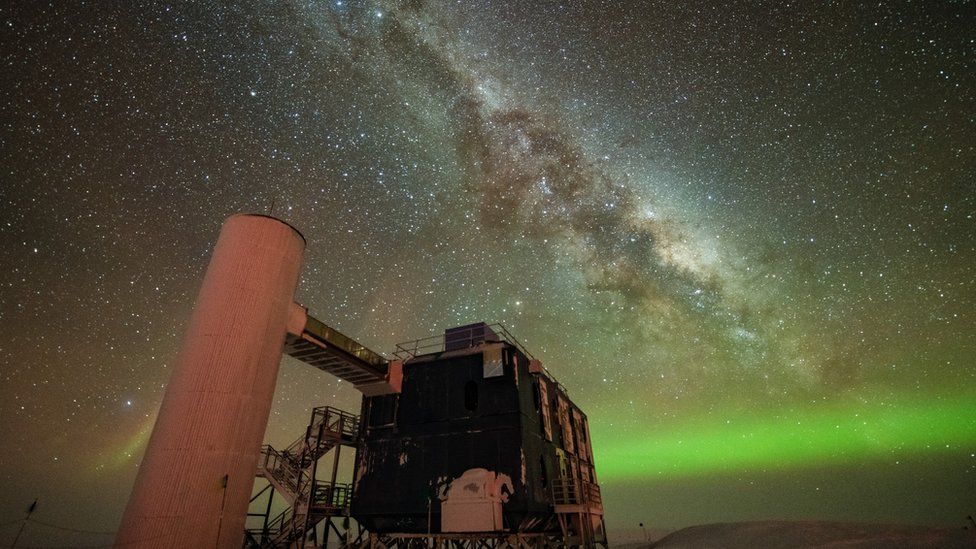
The team would spend the following 5–10 years attempting to respond to queries that "we can finally ask," Prof. Kurahashi Neilson added.


